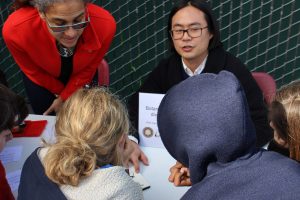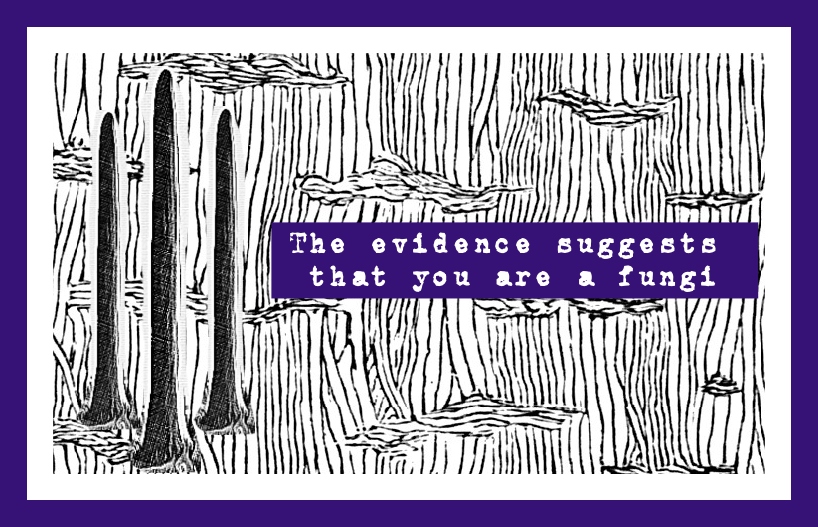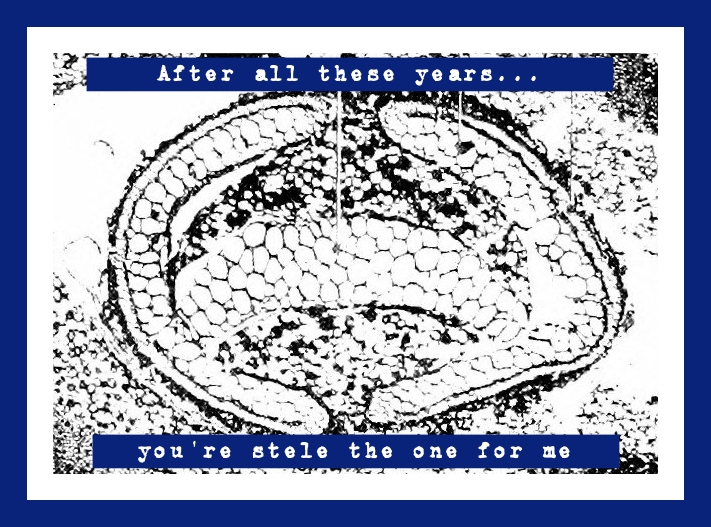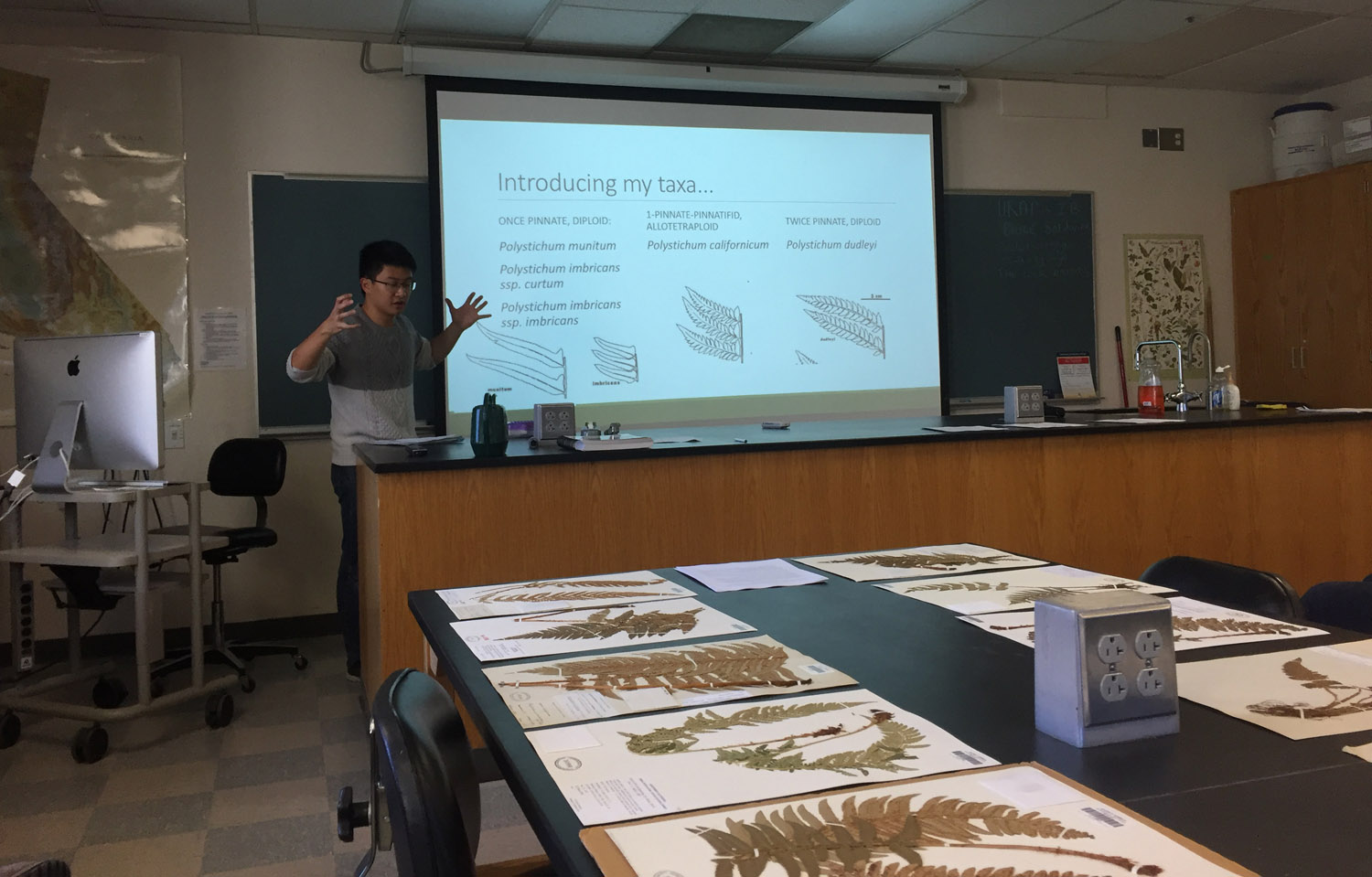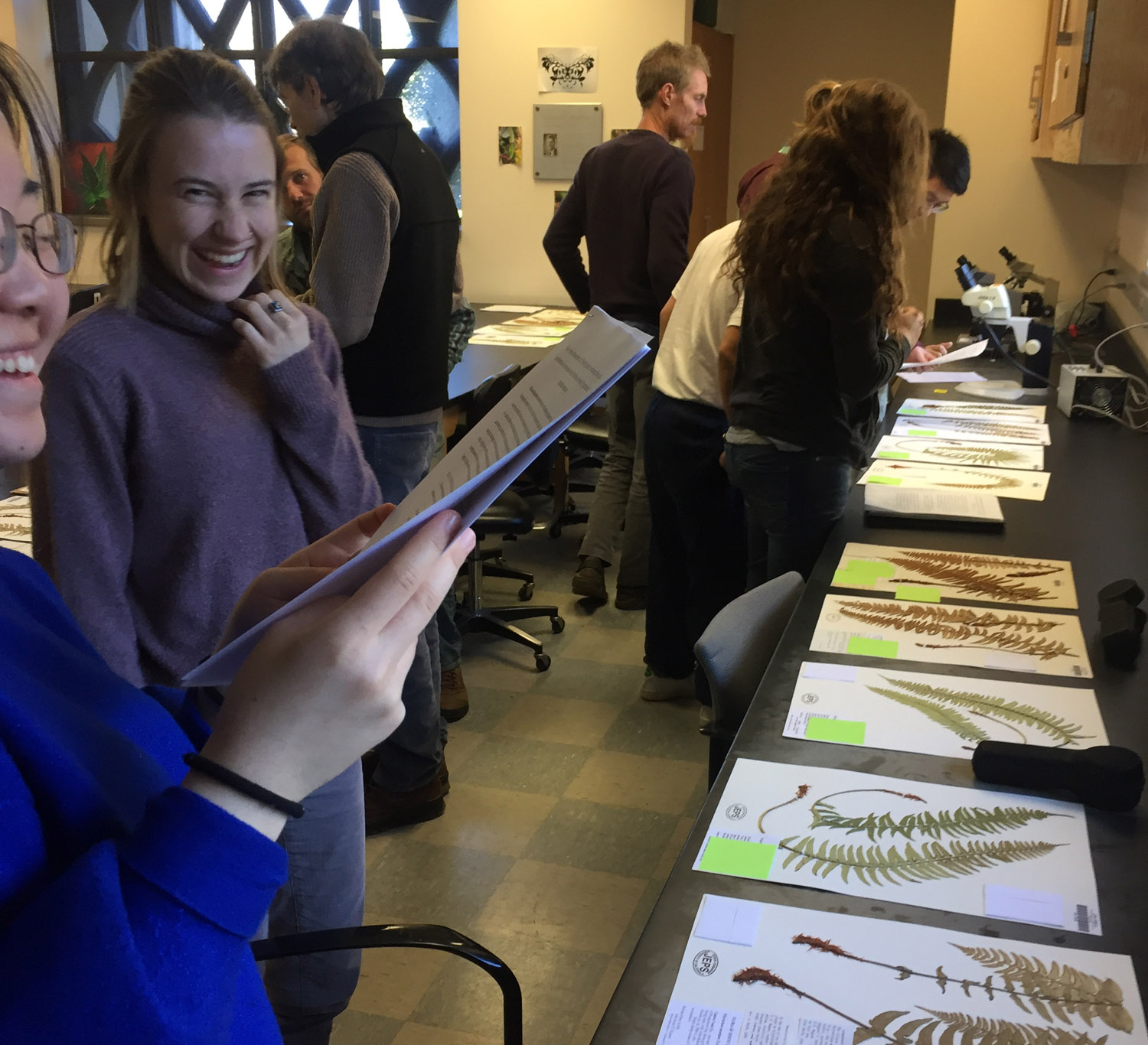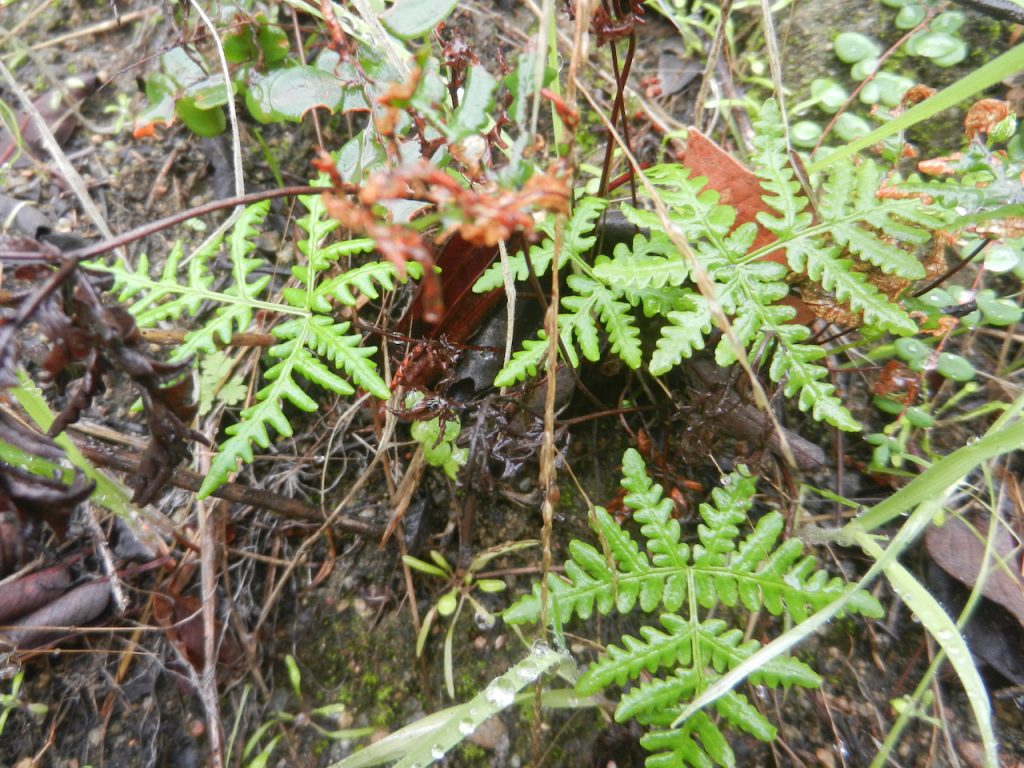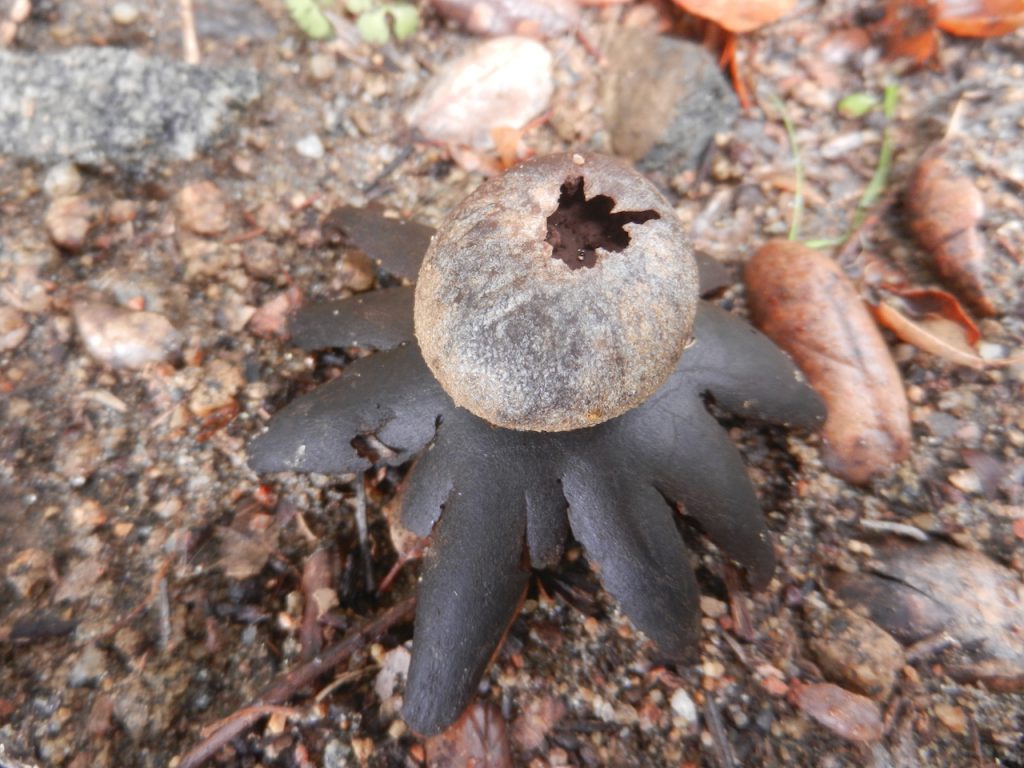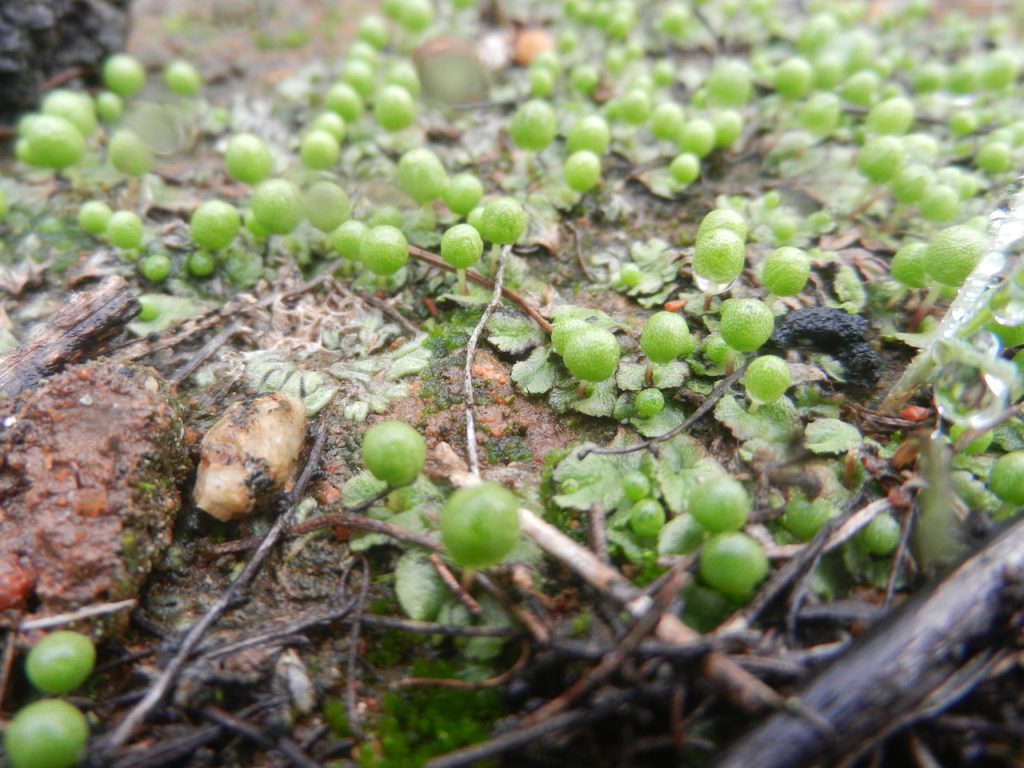Ferns were on full display at this year’s Science Slam at Black Pine Circle School, a K-8 private school in Berkeley, California. Graduate student Mick Song participated alongside several scientists and science educators in kicking off a week of science for the middle schoolers. Showcasing several exciting ferns and lycophytes from Costa Rica and telling them about the exciting Azolla event, Mick introduced several students to the world of pteridology. However, there were several intrepid students who already were pressing plants at home! The youth are alright!
